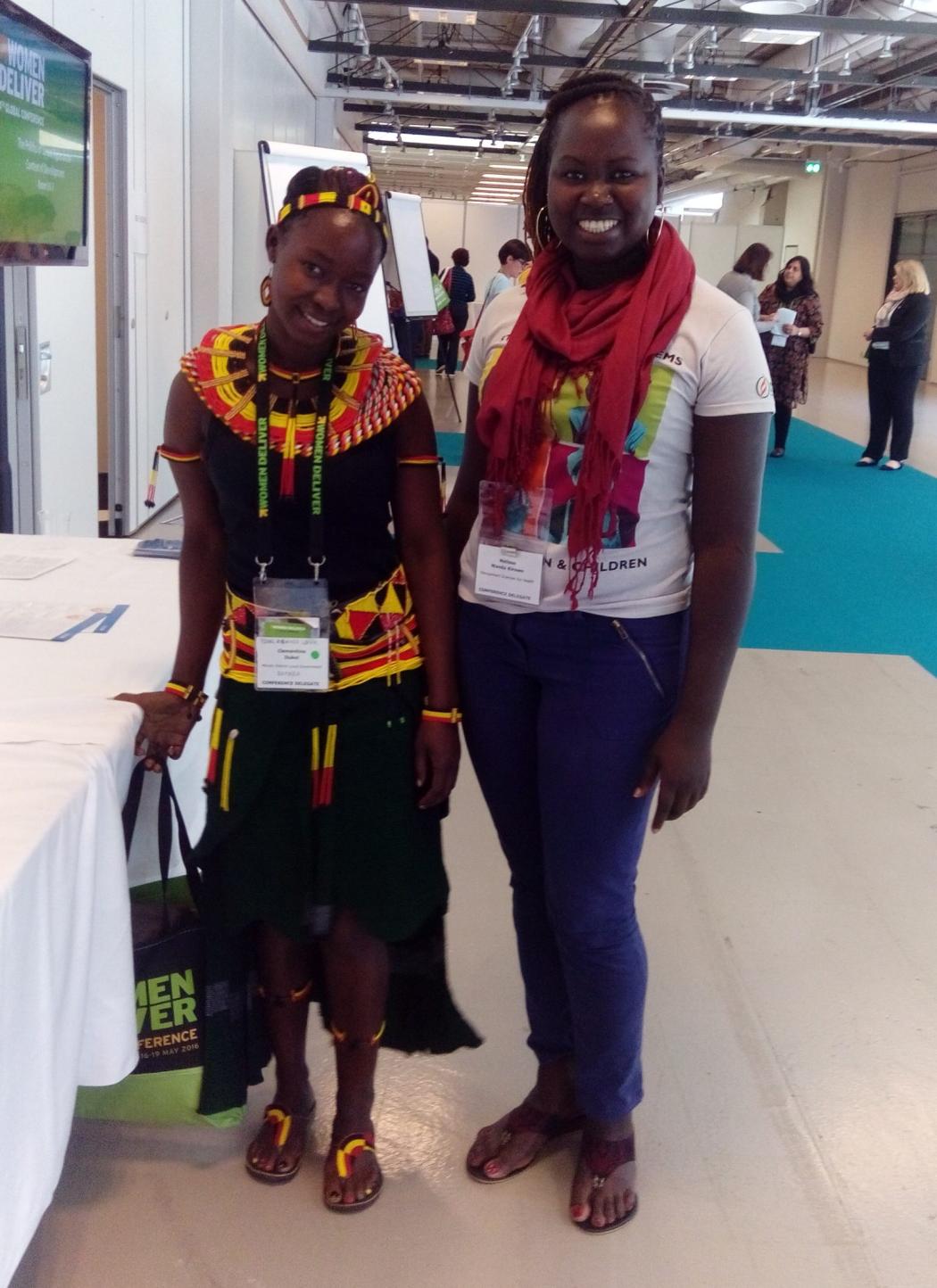Health workers: The unattended resource

Courtesy FCI Program at MSH
By Melissa Wanda Kirowo, FCI Program of Management Sciences for Health
This post was originally published in the FCI program of MSH blog Rights and Realities
At Women Deliver 2016 conference in May, I had the opportunity to talk with one of a number of young midwives attending the conference. Clementina IIukol, a 22 year-old Ugandan midwife, represents the commitment of health care providers as they work, often under very difficult conditions, to provide essential services to women, newborns, children, and adolescents in the communities they serve. "I walk for miles before daybreak," Clementina told me, "to fetch water for use at the clinic where I work."
A week after Women Deliver, global health security was the top subject of discussion at the World Health Assembly, as member states recognize that sustainable development will be unattainable if resilient health systems cannot withstand epidemics like the Ebola, MERS, and Zika viruses. Ultimately, global health security requires individual health security; we must not only support rapid detection and response to cross-border infectious disease threats, but we must also guarantee that every individual has access to safe and effective health care.
And what this requires, in turn, is an adequate, equitably distributed, skilled, and well-equipped health workforce. Health workers, like Clementina, turn aspirations into actions. They constantly ‘innovate,’ building bridges to work failing health systems so that everyone facing a health emergency can get the treatment they need. T
he newly approved Global Strategy on Human Resources for Health: Workforce 2030 aims to support achievement of Sustainable Development Goal (SDG) target 3C, to “substantially increase health financing and the recruitment, development, training and retention of the health workforce,” by ensuring equitable access to high-quality health workers and filling a global shortage of health-care workers that is estimated to exceed 14 million in 2030.
This global Human Resources for Health strategy lays out the minimum density of doctors, nurses, and midwives needed to meet the SDG health targets and deliver universal health coverage (UHC) — 4.45 per 1,000 population. We need to develop clear strategies and make conscious investments in building the health workforce to achieve this target.
A 2013 WHO report, A universal truth: No health without a workforce, identified key causes for the critical shortage of healthcare workers: an ageing health workforce, recruitment and retention challenges, inadequate training, population growth, emerging and re-emerging pandemics, and increasing risks of non-communicable diseases. Inequality in distribution is exacerbated by internal and international migration of health workers, leading to regional imbalances.
To overcome these challenges and fulfill the promise of Workforce 2030, countries must invest in health workers and devote resources to implementation, monitoring, evaluation, accountability, and learning.
After Women Deliver, I returned to Kenya inspired by the sacrifice of Clementina and her fellow midwives, and was met by yet another example of dedication, as I witnessed a healthcare worker wading through the floods--which have recently covered many Kenyan communities--to take measles vaccines to villagers in Busia County.
Like Clementina and this Kenyan woman confronting inhospitable environments, skilled health professionals are our communities’ first line of defense. Health workers are the key to individual health security, and thus also to global health security. Without them, no health system can function well and serve its users effectively and equitably. Meeting our health goals means investing in the health workforce.
